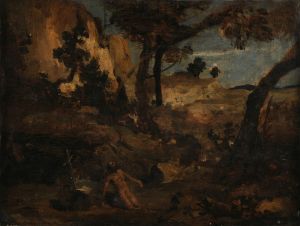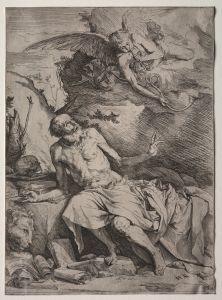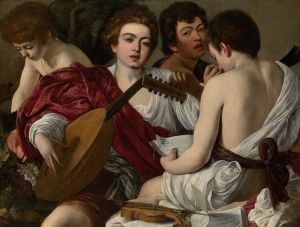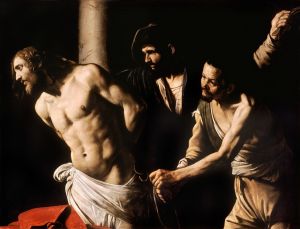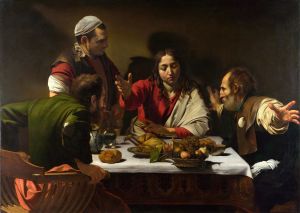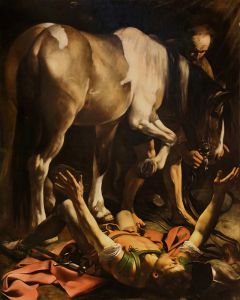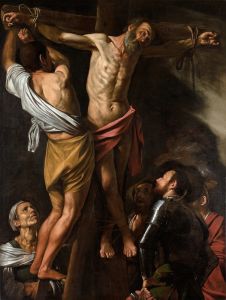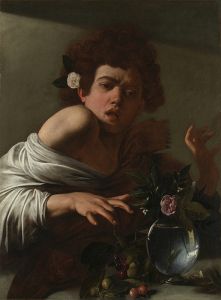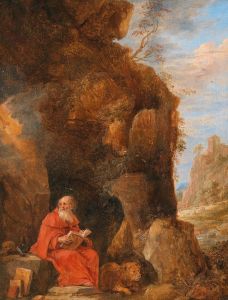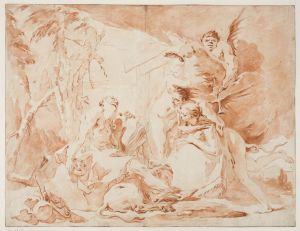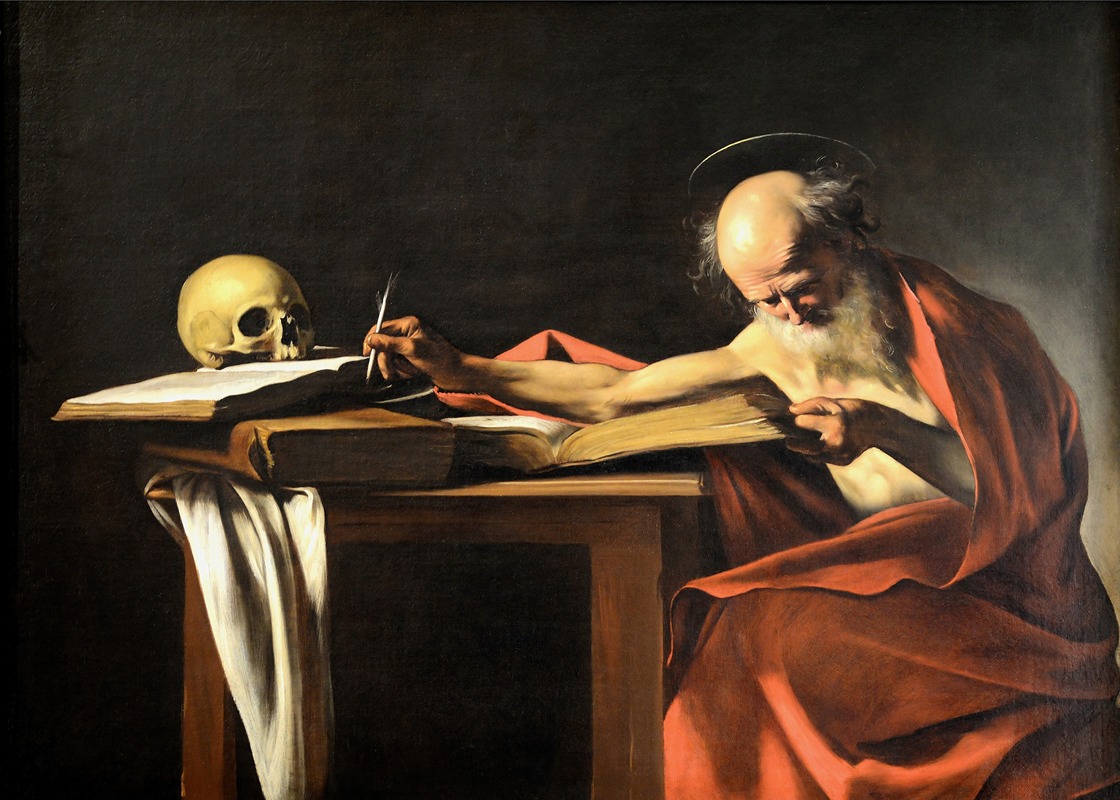
Saint Jerome Writing
A hand-painted replica of Caravaggio’s masterpiece Saint Jerome Writing, meticulously crafted by professional artists to capture the true essence of the original. Each piece is created with museum-quality canvas and rare mineral pigments, carefully painted by experienced artists with delicate brushstrokes and rich, layered colors to perfectly recreate the texture of the original artwork. Unlike machine-printed reproductions, this hand-painted version brings the painting to life, infused with the artist’s emotions and skill in every stroke. Whether for personal collection or home decoration, it instantly elevates the artistic atmosphere of any space.
"Saint Jerome Writing" is a painting by the Italian Baroque master Caravaggio, created around 1605-1606. The work is an oil on canvas and is currently housed in the Galleria Borghese in Rome, Italy. This painting is one of several depictions of Saint Jerome by Caravaggio, showcasing his distinctive style and mastery of chiaroscuro, the dramatic use of light and shadow.
The painting portrays Saint Jerome, one of the most important scholars of the early Christian Church, who is best known for his translation of the Bible into Latin (the Vulgate). In this work, Caravaggio captures Jerome in the act of writing, emphasizing his scholarly pursuits and dedication to his work. The saint is depicted as an elderly man with a long white beard, seated at a desk with a quill in his right hand and an open book in front of him. His left hand rests on the book, suggesting a moment of contemplation or pause in his writing.
Caravaggio's use of light in "Saint Jerome Writing" is particularly striking. A strong light source illuminates Jerome's face and upper body, casting deep shadows that enhance the three-dimensionality of the figure. The background is kept dark, which not only highlights the figure of Jerome but also creates a sense of intimacy and focus on the saint's intellectual labor. The contrast between light and dark is a hallmark of Caravaggio's style and serves to draw the viewer's attention to the central elements of the composition.
The painting also includes a skull on the desk, a common symbol in Christian art representing mortality and the transient nature of human life. This memento mori element reminds viewers of the inevitability of death and the importance of spiritual reflection and preparation. The presence of the skull, along with the open book and quill, underscores Jerome's role as a scholar and his contemplation of life's deeper meanings.
Caravaggio's depiction of Saint Jerome is notable for its realism and emotional depth. Unlike many idealized representations of saints, Caravaggio's Jerome is portrayed with a rugged, almost ascetic appearance, emphasizing his humanity and the physical toll of his scholarly endeavors. This approach reflects Caravaggio's broader artistic philosophy, which sought to bring a sense of realism and immediacy to religious subjects.
"Saint Jerome Writing" is a testament to Caravaggio's skill in capturing the psychological intensity and spiritual fervor of his subjects. The painting remains a significant example of Baroque art and continues to be admired for its technical brilliance and emotional power. Through this work, Caravaggio not only honors the legacy of Saint Jerome but also invites viewers to reflect on the profound themes of knowledge, mortality, and faith.





